Physical Address
304 North Cardinal St.
Dorchester Center, MA 02124
Physical Address
304 North Cardinal St.
Dorchester Center, MA 02124
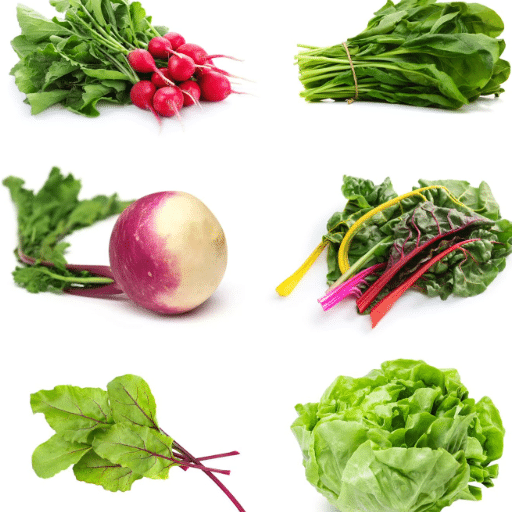
Gardening is a rewarding and therapeutic activity, but there is a widespread drawback: not everyone has the patience to wait several months for the fruits of hard work. Fill the garden beds with delicious crops and rake in the green harvest as soon as possible; here is the right place for you! This book covers the fastest-growing vegetables, suitable for everyone who is eager to see some quick results. These fast growers will keep you motivated and your kitchen stocked with fresh produce, whether you have been gardening for years or shifting into the realm of fresh foods for the first time. So, keep reading to find out which fast-growing vegetables you can grow starting today!
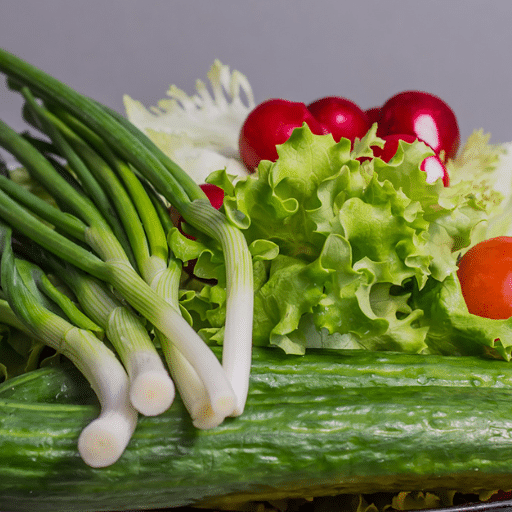
Fast-growing vegetables provide any gardener with the splendor of fresh produce in the shortest amount of time. Such vegetables usually mature in less than two months and require minimal maintenance. Such traits make the vegetable an excellent choice for both beginners and experienced growers. Some popular examples are radishes, lettuce, spinach, and green onions, and all of them can grow in different conditions. With care, fast-growing vegetables can offer a continuous, rewarding harvest within days.
Gardening with fast-growing vegetables has several advantages. For one, they turn around quickly, allowing you to sample the flavor of fresh, homegrown produce in just a matter of weeks. This is highly appreciated when time is limited or patience is not readily available. These vegetables are a good option for succession plantings, with one harvest after the other within a season, thus increasing the potential output of your garden. Fast-growing vegetables usually require little maintenance and are less susceptible to pests and diseases-they simply do not stay long enough to be threatened by them. Hence, they are perfect options when picking beginner-friendly plants or, worse, if one does not have much growing experience. Lastly, they add to the flexibility in planning as they can fill gaps between slowly maturing crops, helping to maintain constant food supply throughout the growing season.
The growth rates of vegetables are influenced by so many factors, including soil quality, water availability, sunlight, and temperature. Fertile soil that drains well establishes a base of support for good and rapid development. If watering is inconsistent or inadequate, plants experience stress and slow down their growth. More importantly, while the good sunlight provides electromagnetic radiation to carry out photosynthesis and energy production, good temperatures maintain that germination and development conditions at their optimal levels. Also, crop varieties selected for the local climate and growing season can strongly influence crop-growth type and rates of faster maturity and yield higher yields.
Certain vegetables are well-known for their rapid growth and are therefore often thought of as perfect plants for a gardener needing fast harvest. Among these, radishes are probably the fastest-growing crop, maturing anywhere from 20 to 30 days. Leafy greens, such as lettuce and spinach, are also great options and are typically ready to harvest in 30 to 45 days. In addition, green onions and baby carrots are good choices as well because they grow quite fast and can adapt to many conditions. A bit slower might be peas and bush-type beans-few mature in about 50 to 60 days-but prodigious in production. Thus, combining fast-growing veggies will give the gardener a short-term supply of newly picked veggies from the house while maximizing the growable land.
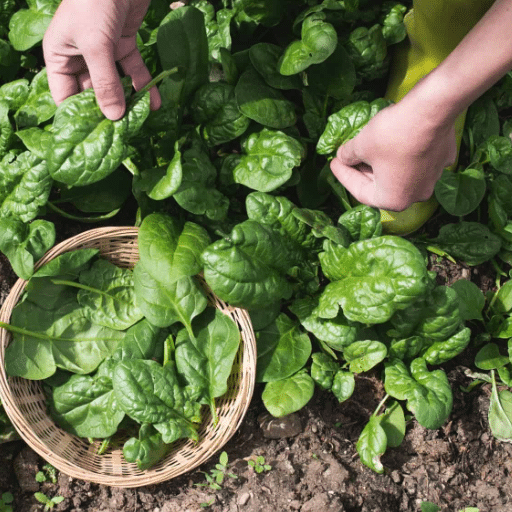
Radishes: One of the quickest vegetables to grow, ready to pick within 20-30 days of sowing.
Green Lettuce: Quick grower, fast-greens can be harvested in about 30 days.
Spinach: Likes the cooler side and is ready by roughly 30-40 days.
Green Onions: Harvested within about 45 days, perfect kind of vegetable for your garden.
Bush Beans: Gives you huge yields within 50-60 days, to spice things up in your garden.
These annual vegetables ensure that the short growing season goes by with repeated quick fresh harvests.
Radishes are one of the fastest-growing vegetables, making them a perfect pick for gardeners chasing a short yield time. Radishes can grow in just about any soil medium, germinate in a day or two, and can grow to full size in anywhere from 20 to 30 days in most cases. They like cooler weather and basically matured between spring and fall times, usually in time for them to be used in salads and other dishes for crunch and pungent aroma. When planting the radish seed, set it down half-inch deep in the ground, and keep it consistently moist. Also, the more you harvest, the better they maintain their tenderness and flavor without becoming wood-like or overly pungent. All-season weeds keep radishes easily growable, making them ideal for beginner gardeners and those with little space.
This fast-growing leafy vegetable loves cooler weather and is suitable for spring or fall planting. There are various types of lettuce, including Romaine, Butterhead, and Loose-Leaf, each contributing different textures and flavors to salads and meals. To grow lettuce, sow seeds in well-draining soil about 1/4 inch deep. Keep the soil moist for best germination. Lettuce can be harvested early in 30 to 45 days. The younger the leaves, the more tender and fresh they taste. Regular harvesting will encourage continued growth and make this a very rewarding and practical plant to have around for gardeners of any skill level.
Spinach stands out as a nutritious green leafy vegetable because it can be ready for harvest within 30 to 40 days, making it an extremely fast crop and highly satisfying to grow at home. To cultivate spinach properly, seeds are sown at half an inch depth in soil that drains well and is rich in nutrients, in partial to full sunlight. Watering is critical to keep the soil evenly moist and to prevent bolting, particularly in warmer temperatures. The leaves of spinach may be harvested individually as soon as they reach the desired size, always leaving more to produce. Truly packed with essential vitamins and minerals such as iron, calcium, and vitamin A, spinach is the ultimate “must have” addition for any dish, ranging from fresh salad to sautéed sides.
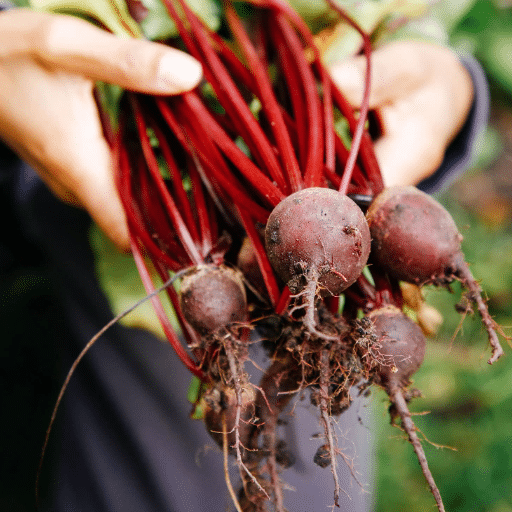
Fast-growing and cold-resistant, the radish is one of the best vegetables. They grow well in cooler temperatures and can be harvested sometimes in 3 to 4 weeks. They prefer well-drained soil and full sunlight but do tolerate partial shade. They usually grow well when set out early in spring or late in fall for the best growing conditions and taste. These crunchy roots are great to toss into a salad or simply munch on out of hand.
Kale is yet another hardy, cold-tolerant, and fast-growing vegetable that would be a great option for a garden during the colder months. It wants well-drained, fertile soil with a consistent application of moisture and can grow pretty well under full sun or partial shade. Kale takes 55 to 75 days to mature fully; baby kale leaves are harvested much earlier for use in salads and smoothies. It is a tough plant that can survive a little frost. In fact, frost will improve its flavor because it will make it sweeter. This nutritious kale green can find its way into numerous dishes with ease.
Arugula is a quickly initiated leafy green with a distinct peppery flavor that finds its applications in salads, sandwiches, and garnishes. It benefits from cool conditions and can be grown in full sun or part shade, though ideally, the soil should be well-drained and fertile for it to grow at its best. Arugulas mature quickly and can be harvested in 20 to 40 days, making them a good pick for quick growers. The young, tender leaves should be harvested regularly for the best taste and to prevent the plant from bolting too soon. This flavorful green brings a unique punch to any dish and is filled with nutrients such as vitamins A, C, and K, making it a wonderful addition to any meal.
The leafy tops of beet plants-that is, beet greens-grow fast and serve as another side of nutrition and wide application. These greens can be harvested as soon as they achieve an appropriate size, usually within two or three weeks of planting, making them a swift-growing product from the gardener’s point of view. Beet greens grow best in soil that drains well and is rich in organic matter and sunlight. Every so often, the young leaves can be harvested, which is good because it helps in keeping the plant upright and prevents it from rarely growing taller as it should. Considered rich in vitamins A, C, and K, contain some good mineral content such as iron and calcium, beet greens can be added to all kinds of recipes, filling in that earthiness with a slight tender note that can be used both in raw or cooked forms.
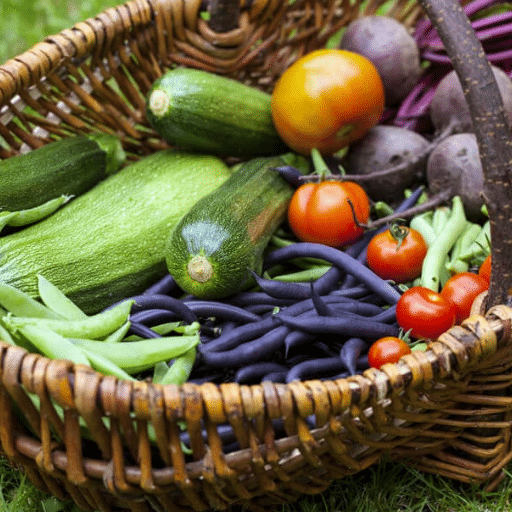
Radishes grow quickly-it’s said they can be harvested in 20-30 days. They fare well in a good draining soil with very little care; excellent for a group of beginner gardeners.
Arugula matures in approximately 20-25 days. This fast-growing leafy green may be harvested in its young stage to provide a peppery taste to salads or garnishes.
Leaf varieties of the lettuce may be harvested as baby lettuce in about 25-30 days. Regular cutting encourages indefinite growth.
Spinach is another fast grower for the young leaves to be picked within 20-30 days. It grows well under cool conditions.
Turnip greens can be harvested in about 25 to 30 days. These rich greens have a nice flavor and are good on their own or cooked into dishes.
The fast growth and early production of such vegetables make their cultivation highly recommended for gardeners interested in an almost immediate return with bare minimum waiting.
The cucumber makes an immediate candidate for the summer crop, as it enjoys warmth and produces 50 to 70 days after sowing. Cucumbers must receive ample sunlight, grow in well-drained soil, and get watered well to have efficient growth. The gardener may go for the bush type if space is limited or for the one that produces climbing vining types to trellises, thereby making the best application of the vertical space. They can even be started outdoors, but to give quicker results, cucumbers can be started inside and transplanted after all threats of frost have passed. Harvesting frequently keeps production going; thus, cucumbers almost assure summer-growers reward.
Zucchini is a good-producing summer squash that matures quickly and thus happens to be a gardener’s favorite. This plant enjoys a sunny spot with rich, well-drained soil and lots of water to keep up its fast growth. After the last frost, zucchini can be directly seeded into the garden, or sow seeds indoors for an earlier harvest. They are very productive, and harvesting young fruits often keeps the plant producing more fruits throughout the season. With minimal care, this plant can produce an abundant yield, thus making it a suitable option for the experienced gardener or newbie alike.
Fast-maturing leafy greens like spinach, lettuce, and kale can often be harvested within 30 to 40 days after planting, though this depends on variety. In some cases, harvesting an early-maturity crop of leafy greens may be possible even earlier, at about 20 days post-cotyledons. Morning harvesting is ideal when leaves are crisp and full of moisture. Leafy greens may be harvested on an ongoing basis using a “cut-and-come-again” procedure by cutting the outer leaves while the inner growth remains. This way of harvesting yields a gentle supply of fresh greens throughout the growing season.

To rapidly grow a fast crop, you must choose the crops that grow fast, such as leafy greens, radishes, or microgreens. Provide proper growing conditions: appropriate soil preparation, watering, and sunlight. Favorably selected seeds will serve better. A successful succession of planting will give you a continuous yield. Always be vigilant for the agents of interruption like pests or diseases. Finally, harvest at the right time, when freshness can be measured in quality and taste. Carefully planned and executed, such seasons can be highly productive and rewarding.
If you want to maximize the yield of your edible garden, you should create conditions favorable for soil health, watering, and sunlight. Prepare the soil by mixing in plenty of organic matter so that it becomes very fertile and well-structured. Water your plants regularly to keep the soil moist but not soggy, since constant moisture really supports good growth. Provide sufficient sunlight to your garden; most edible plants will need about six to eight hours of direct sunlight every day. Good-quality seeds or seedlings, coupled with succession planting to protect continuous produce throughout the season, will ensure maximum yield in your garden. Be vigilant against pests and diseases and consider control methods as soon as an infestation has been detected. Finally, harvest crops when they are fully ripe to enjoy the best quality and keep the garden productive. These steps will keep the garden alive and productive for you.
Companion planting is a method where plants work together for growth, pest control, and space optimization. For instance, tomatoes are planted alongside basil, which helps to improve flavor and keep away harmful insects like aphids. Marigolds, on the other hand, are good for vegetables because they keep away nematodes and other pests and promote the overall health of the garden. Researching compatible plants and the benefits they offer must suffice. If done well, companion planting gives the plants a fast and strong growth promotion, thereby increasing the garden’s yield and sustainability.
A healthy soil serves as the backbone for any thriving garden and for quick and abundant harvesting. Maintaining a healthy soil begins with testing your soil from time to time to keep a tab on the nutrient levels and pH value, ensuring that both correspond to their plant requirements. Introducing any organic matter after decomposition such as compost or rotted manure shall improve soil structure and fertility. Crop rotation is an effective way against nutrient depletion and thereby limits potential attack by pests and diseases. Mulching will retain moisture in the soil while controlling soil temperature and suppressing weeds. Over-tilling should be avoided, as it disrupts life in the soil and causes compaction. Through this, you give plants a good nutrient-rich, balanced environment where they can grow vigorously and provide bountiful returns.
The Spruce: Their article, “16 Fastest Growing Vegetables for Your Garden”, discusses vegetables like radishes that can be harvested in as little as 21 days.
The Micro Gardener: The post, “17 Fast Growing Vegetables for Impatient Gardeners”, lists leafy greens and other vegetables that grow quickly, such as arugula, lettuce, and kale.
Burpee: Their page, “Quick Growing Vegetables”, provides insights into fast-growing vegetable varieties, including specific seed options and their growth timelines.
There are several vegetables that may be ready to harvest in less than 30 days, making them suitable for fast gardening. For example, radishes can be harvested really quickly, in around 25 to 30 days from sowing. Leafy greens, such as arugula and lettuce, are equally fast-growing and may be ready for a salad in less than 30 days. These solutions are perfect for container gardening or for small spaces, putting fresh produce in your hand within a short time. If you want a fast harvest, then these vegetables should be sown directly in the ground.
Spinach is one of the fast-growing leafy greens with fresh leaves ready in about 45 to 50 days. You can give the seeds an early start indoors or sow them directly in the ground depending on the prevailing kind of climate. This plant can bear a little frost, so it is always safe to plant it in the early spring. When the leaves begin sprouting, it will not take more than about a month for a crop to be ready and nutritious to eat. Continuous collection of leaves outside helps the plants to grow again and so your harvest can stretch for a longer period.
Depending on the variety and weather, you can expect to harvest in about 55-65 days. Most of the time, you can actually see the beets grow and get mature when the size reaches two to three inches across. If you want faster results, plant varieties that mature faster, perhaps yielding a harvest in around 50 days. In some climes, these roots can be grown during winter season, promoting an endless supply. Consistent care and the right spacing will contribute to the success of the crop.
Fast-growing vegetables are excellent for container gardens. For example, greens such as kale and lettuce grow well in containers and can often be harvested in about 30 to 45 days. Bush varieties of zucchini and cucumbers, on the other hand, are nice garden vegetables for small settings, with an average growing span of 50 to 70 days. While planting in containers, one must be sure to give adequate drainage to the containers and keep them under proper sunlight. Seed packets that mention quick to grow can also help speed up your planting process.
While planning your garden, consider starting with vegetables that have a short time to harvest. Fast growers are, for instance, radishes and lettuce, ready to pick within 25 to 30 days. These vegetables grow quickly and thus allow for a succession planting and harvesting pattern during the growing period. The sooner you begin eating your fresh produce, the more life you will be adding to your garden by choosing the fastest maturing crops. This approach is excellent if you are an impatient gardener eager to see results in a short time.